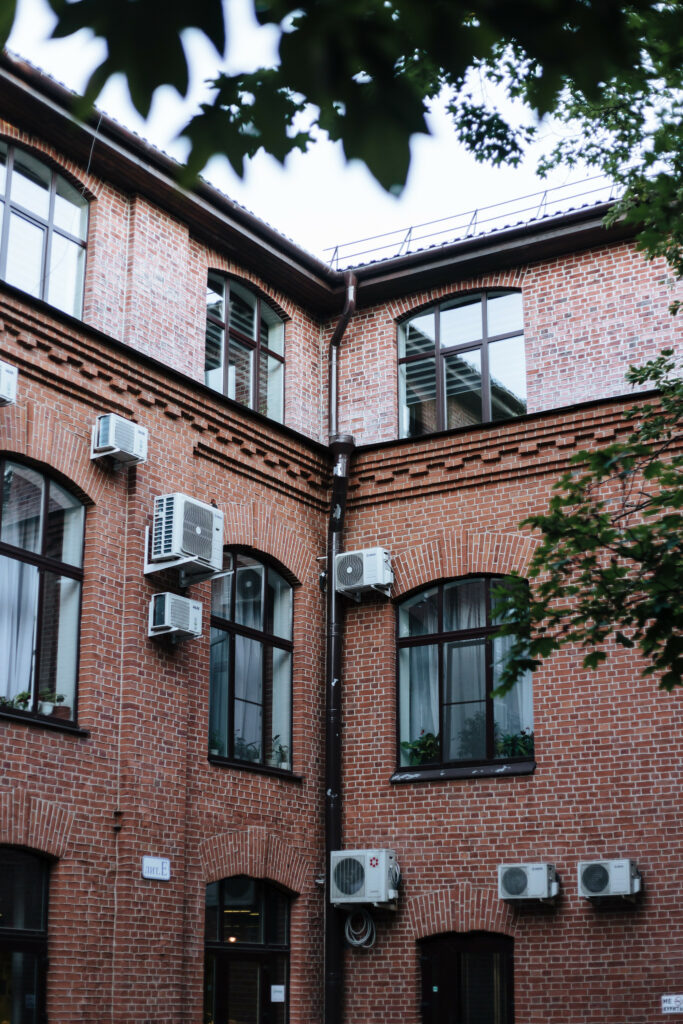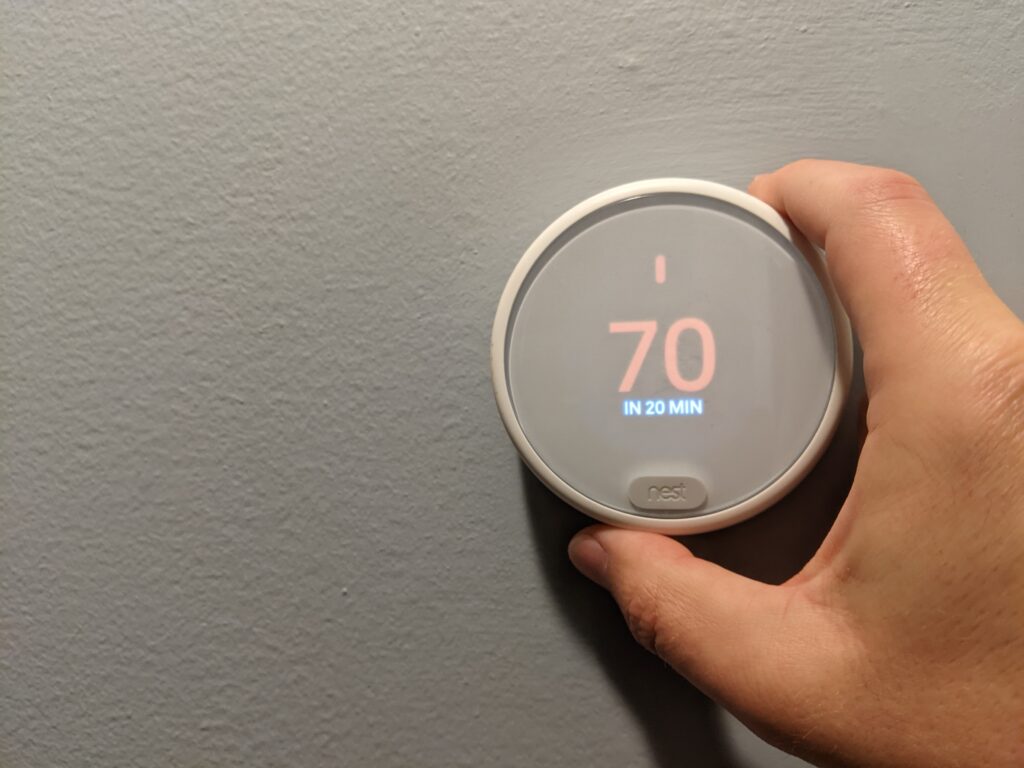There are over 12,000 species of grass. Wait, what!? That’s a LOT to choose from. Lucky for you, we’ve narrowed them down to the best types for our region of North Carolina. There are a few factors to consider when choosing exactly which is right for your yard. We’ll get to those later. For now, these are the best types of grass for the Triangle region of North Carolina:
Tall Fescue, Kentucky-31 (Also a fescue), Ryegrass, Bermuda Grass, Zoysia, Centipede
What makes these grasses so ideal for our area? Glad you asked.
Plant Hardiness Map
The fastest way is to head over to the USDA’s plant hardiness map. (https://planthardiness.ars.usda.gov/PHZMWeb/) It divides the United States into 14 different zones based on their average low temperature since 1976. This is good indicator of how hearty a plant needs to be, and what types of extremes the plants needs to handle.
The 6 selected grasses do well in Zone 7 – that’s our zone. On top of that, these are the best cool season grasses that tolerate heat, and the best warm season grasses that survive our Winter.
Sun and Foot Traffic
Now let’s get specific about your lawn.
Sun, foot traffic, planting season, and growth season are the top factors we’ll dig into. After that, we have a handy-dandy chart for each of the grasses we recommend. It’s even possible to combine two grasses on one lawn!
The first two factors are environmental, and have to deal with where you’ll be seeding the grass. Sun and foot traffic. We can divide sun into 3 categories: Full Sun, Partial Sun, and Full Shade. Some grass types deal best with 12-hours of sun, others do better under the shade of a tree. Sun requirements also loosely translate to drought tolerance. Grasses that enjoy a full day of sunlight also tend to handle drought better, which helps with the dog days of July and August here in NC.
Foot traffic is the other environmental consideration when choosing a grass type. Planning on playing football with the kids, or fetch with your pup? You’ll want to skip one of the fescue types. On the other hand, if you’re not working on your soccer skills, any of these will work.
Seasonality
Next up we have the seasonality of each grass. Certain grasses really shine in the Summer, and others in the Winter. Easy enough, right?
Each of the grasses we’ve chosen above do well in the Summer. The fescues will need a bit more care on the hottest days, and definitely some watering when we hit 100-degrees or more. The trick is making sure your grass does well all year-long. Fescues and ryegass are “cool season” or “Winter” grasses, meaning they hit their primary growth activity once the Fall rolls around. Bermuda, Zoysia, and Centipede all go dormant during cooler months. That means everything turns a uniform brown/tan color. Note your grass isn’t dead, it’s dormant. It’ll get back to green once things warm up.
As for planting, the general rule is to plant your grass in the season prior to its primary growth season. This will give the roots a chance to establish themselves for the coming growth. The fescues and ryegrass are best planted in the Fall (though Spring can work for fescue, it just needs more attention). Similarly, the Summer-growth grasses are best planted in Spring.
Texture for Each Species of Grass
The last consideration we have when choosing grass for your lawn is texture. I’ve saved this for last because it’s 100% personal preference. Heartier grasses that do well in Summer are more dense, rough, and prickly. Their growth density is a huge benefit for water retention. They don’t require nearly the same amount of watering that cooler season grasses require. By contrast, cooler season grasses are more fine and soft. They’ll need more attention, both watering and fertilizing, in order to thrive.
Species of Grass Chart
Without further ado, here’s an easy-to-read chart with the above information about the different species of grass:

With this mix of options, I bet you can find several that you want on your lawn. You’re in luck – you can mix seeds for a combination of attributes you find desirable. Bermuda Grass and Ryegrass is a popular combination. Bermuda stays green during the heat of late Spring through Summer. The ryegrass hits its growth stride in the cooler months, leaving your lawn green without much fuss.
Fertilizer
If you want that perfect lawn, you may need fertilizer as well. Fortunately for you, we’ve written an article that tells you all about fertilizer.
So there you have it, 12,000 grass types narrowed down to 6. From here, it’s a matter of personal preference and environmental considerations. Armed with the above knowledge, you’ll have a lawn you can be proud of – and easy to take care of – for years to come.







Leave a Reply